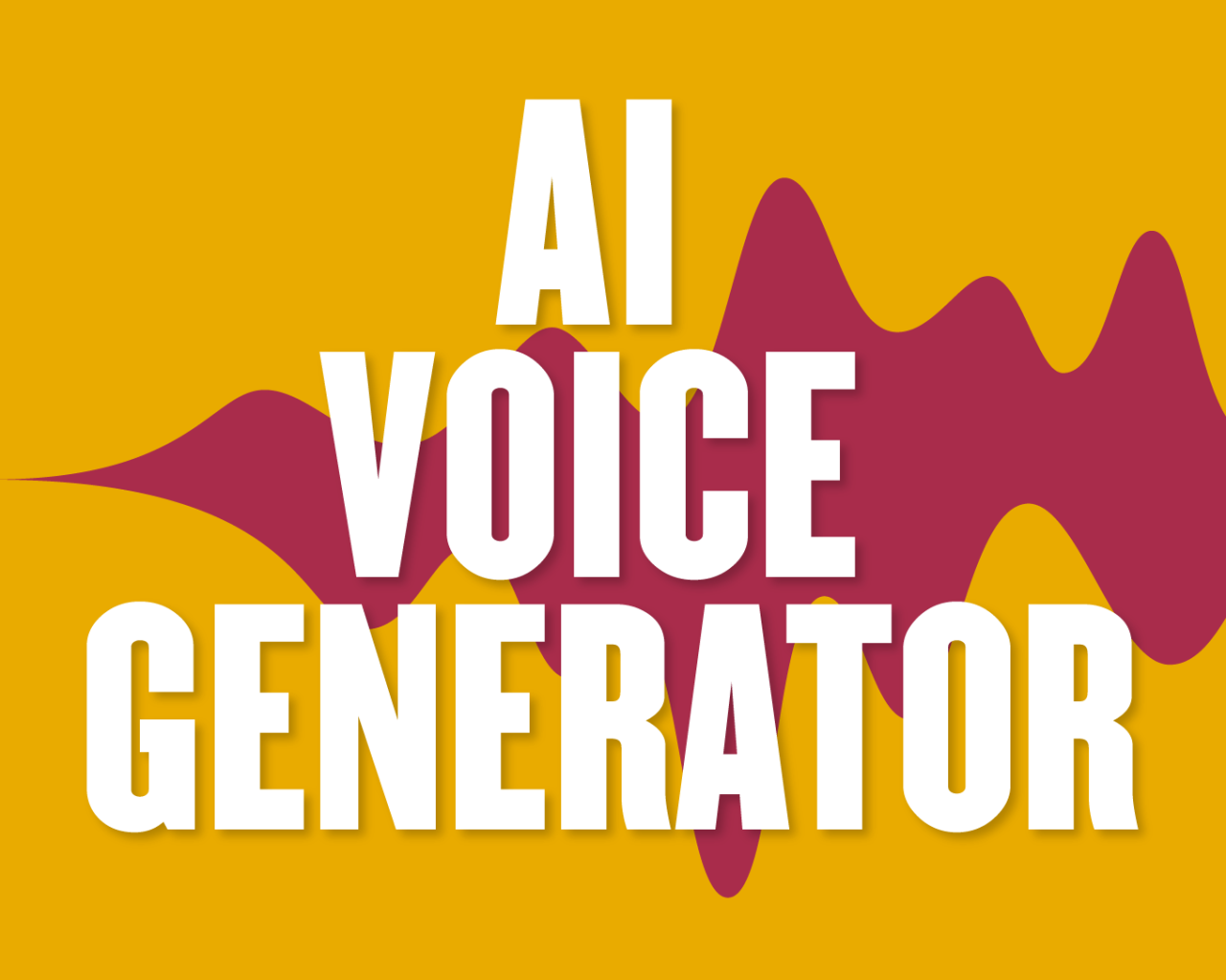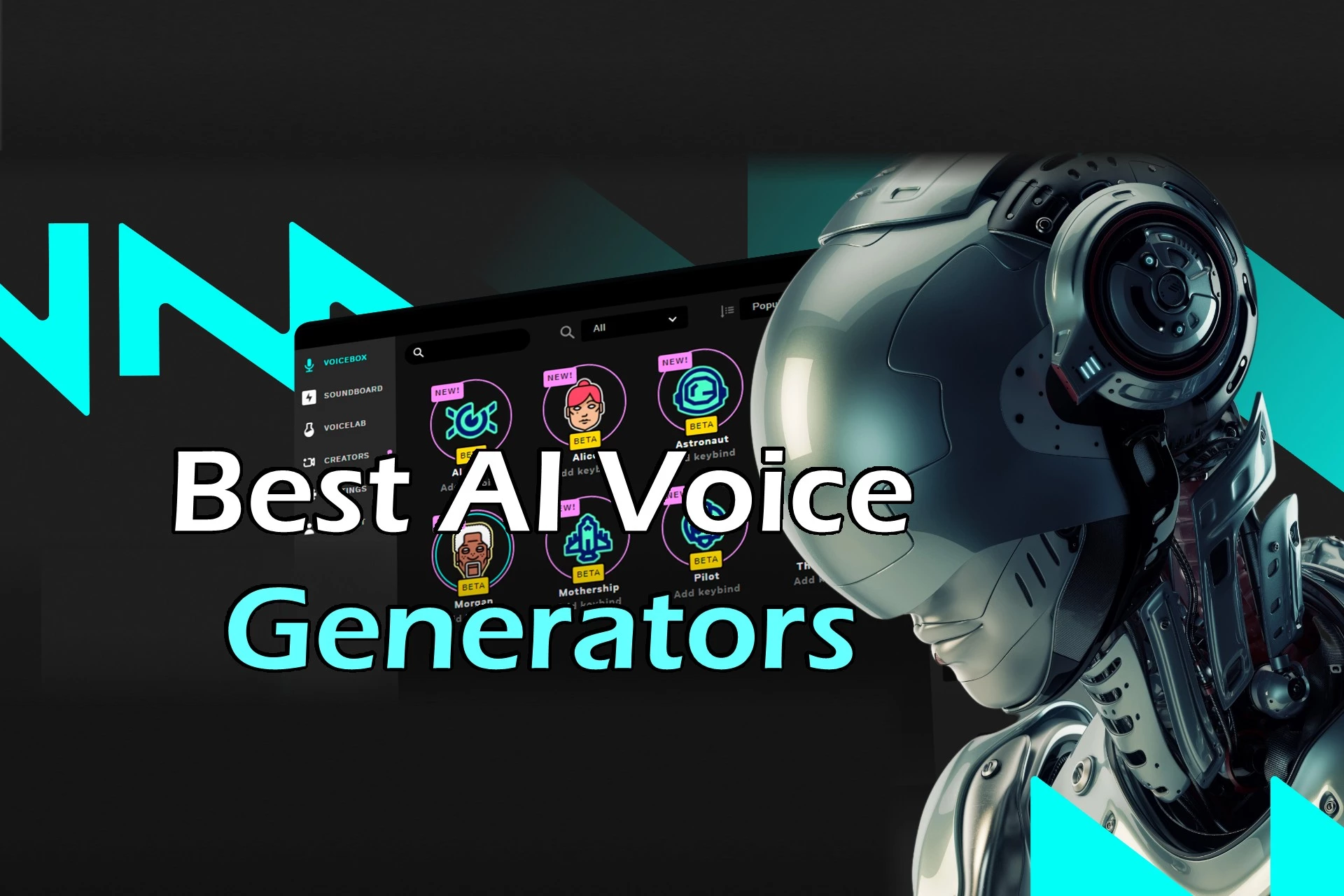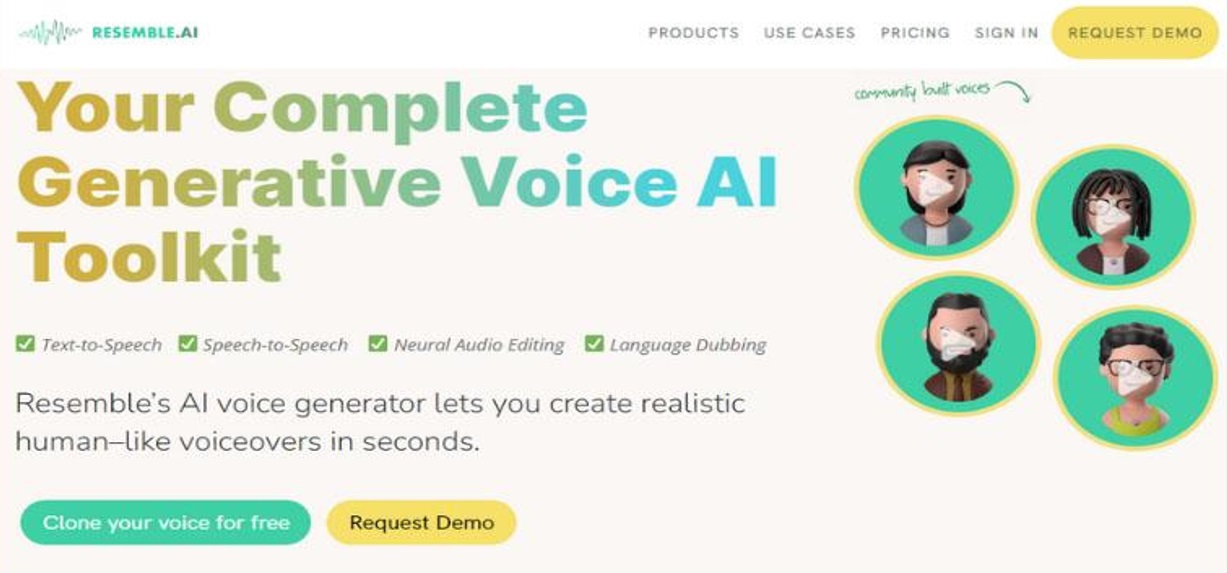How to choose the best AI voice generator for e-learning? It’s a question many educators and content creators are asking. Finding the right AI voice can significantly impact the effectiveness of your online courses, transforming them from dry lectures into engaging learning experiences. This guide breaks down the key factors to consider, from understanding your audience’s needs to evaluating the technical capabilities and pricing models of different AI voice generators.
We’ll equip you with the knowledge to make an informed decision that boosts your e-learning content.
Picking the right AI voice generator for e-learning means considering factors like naturalness and tone. You also need to think about accessibility; for example, check out this important advisory on mental health from the U.S. Surgeon General, U.S. Surgeon General Issues New Advisory on Link Between , to understand the impact of voice on learners. Ultimately, the best AI voice generator will enhance learning, not detract from it.
Selecting the perfect AI voice involves more than just finding a pleasant-sounding voice. It’s about aligning the voice’s characteristics – tone, accent, and expressiveness – with your target audience and the specific learning objectives of your e-learning materials. We’ll explore how different voice qualities impact comprehension and engagement, and how to seamlessly integrate your chosen AI voice into your e-learning platform.
Get ready to level up your e-learning game!
Picking the right AI voice for your e-learning course is key; consider factors like naturalness and tone. For example, you might need a different voice for a history lesson than for a lively science presentation. Completely unrelated, but while you’re making those decisions, check out this news: O’s agree to 1-year deal with veteran SP Charlie Morton.
Back to AI voices, remember to test a few different generators before committing to one – find the perfect voice to keep your students engaged!
Choosing the Right AI Voice Generator for E-learning: How To Choose The Best AI Voice Generator For E-learning
Creating engaging e-learning materials often involves incorporating high-quality audio. AI voice generators offer a cost-effective and efficient solution for producing professional-sounding voiceovers. However, selecting the best AI voice generator for your e-learning needs requires careful consideration of several factors. This guide will walk you through the process, helping you make an informed decision.
Identifying E-learning Needs and Voice Requirements
Before diving into specific AI voice generators, define your e-learning project’s requirements. This involves understanding your target audience and the desired characteristics of the AI voice.
- Target Audience and Learning Styles: Consider the age, background, and learning preferences of your learners. Younger audiences might respond better to more upbeat and engaging voices, while older learners may prefer a more authoritative and clear tone. Visual learners might benefit from concise and well-paced narration, whereas auditory learners might appreciate more detailed explanations.
- Voice Characteristics: Specify the tone (formal, informal, friendly), emotion (neutral, enthusiastic, serious), and accent required to match your e-learning content. A tutorial on complex software might benefit from a clear, neutral voice, while a children’s story might require a playful and expressive voice.
- E-learning Content Types: Different content types require different voice characteristics. Narrations need a clear, engaging voice. Tutorials benefit from a patient and tone. Interactive exercises might require shorter, more concise voice prompts.
| Voice Quality | Naturalness | Clarity | Expressiveness | Suitable E-learning Formats |
|---|---|---|---|---|
| High Quality | High | High | High | Narrations, Tutorials, Interactive Simulations |
| Medium Quality | Medium | Medium | Medium | Short Explanations, Quiz Instructions |
| Low Quality | Low | Low | Low | Not Recommended for E-learning |
Evaluating AI Voice Generator Features and Capabilities

Once you’ve defined your needs, it’s time to compare the features of different AI voice generators. Consider factors like customization, text-to-speech capabilities, and language support.
- Feature Comparison: Leading AI voice generators (e.g., Amazon Polly, Google Cloud Text-to-Speech, Microsoft Azure Text-to-Speech) offer various customization options, including voice selection, tone adjustment, and speed control. Compare their text-to-speech capabilities, including handling of punctuation, numbers, and special characters. Check the range of supported languages and accents.
- Essential Features: Prioritize natural language processing (NLP) for accurate and fluent speech, and high pronunciation accuracy, especially for technical terms. Robust API integration is crucial for seamless integration with your e-learning platform.
- Cloud vs. Local Hosting: Cloud-based generators offer scalability and accessibility, but rely on internet connectivity. Locally hosted generators provide offline access but require more setup and maintenance.
Assessing Voice Quality and Naturalness
Evaluating the quality and naturalness of AI-generated speech is crucial. This involves testing how well the generator handles complex sentence structures and technical terms, and assessing the naturalness of the speech using metrics such as intonation, rhythm, and pacing.
- Complex Sentence Handling: Test the generators with sentences containing complex grammatical structures, embedded clauses, and technical jargon. Note how accurately and naturally they handle these elements.
- Naturalness Evaluation: Use metrics like intonation, rhythm, and pacing to assess the naturalness of the speech. A monotone, robotic voice lacks engagement, while a natural-sounding voice improves learner experience.
- Understandability Test: Conduct a test with participants from different age groups and linguistic backgrounds to evaluate the understandability of the AI-generated speech. Record their feedback and identify any areas for improvement.
- Test Results Example: Generator A excelled in clarity but lacked expressiveness. Generator B offered a more natural tone but struggled with complex technical terms. Generator C provided a good balance but was more expensive.
Considering Pricing and Licensing Models, How to choose the best AI voice generator for e-learning

Pricing and licensing models vary significantly across AI voice generators. Consider factors like usage limits, subscription fees, and per-minute charges when making your decision.
Picking the right AI voice for your e-learning materials is key; you want something clear and engaging. Consider factors like naturalness and tone, but even while focusing on that, it’s amazing how much other news is happening, like the fact that Republican Mike Johnson reelected House speaker after dramatic political maneuvering. Back to the AI voices though, remember to test a few before committing to one for your entire course!
- Pricing Structures: Compare the pricing structures of different generators, paying attention to usage limits (number of characters or minutes), subscription fees (monthly or annual), and per-minute charges. Some generators offer free tiers with limitations, while others charge based on usage.
- Licensing Options: Understand the licensing implications for commercial use in e-learning products. Some licenses might restrict the number of users or the types of applications where the generated voice can be used.
- Long-Term Costs: For large-scale projects, consider the long-term cost implications. The cost per minute of audio can accumulate significantly over time, especially with extensive e-learning content.
| AI Voice Generator | Pricing Model | Usage Limits | Licensing |
|---|---|---|---|
| Generator A | Pay-as-you-go | Per-minute charges | Commercial use allowed |
| Generator B | Subscription | Monthly usage cap | Commercial use allowed with additional fee |
| Generator C | One-time purchase | Unlimited usage | Limited commercial use |
Integration with E-learning Platforms and Tools

Seamless integration with your existing e-learning platform is crucial. This involves understanding the process of integrating the AI voice generator, using it to create interactive elements, and addressing potential integration challenges.
- Integration Process: The integration process varies depending on the chosen AI voice generator and e-learning platform (e.g., Moodle, Articulate Storyline). Most generators provide APIs or SDKs for easy integration.
- Interactive Elements: Explore the possibilities of creating interactive elements like voice-activated quizzes or feedback mechanisms using the AI voice generator.
- Integration Challenges: Potential challenges include compatibility issues between the generator and the platform, handling of different file formats, and ensuring smooth audio playback within the e-learning environment.
- Incorporating Voiceovers: To incorporate AI-generated voiceovers into e-learning video tutorials, export the script, generate the voiceover using your chosen AI generator, and then synchronize the audio with your video using video editing software.
Summary

Choosing the right AI voice generator for your e-learning projects is a crucial step in creating engaging and effective online learning experiences. By carefully considering your audience’s needs, evaluating the technical capabilities of different platforms, and understanding the pricing and licensing models, you can confidently select a solution that enhances your e-learning content. Remember, the best AI voice generator isn’t just about finding the clearest or most natural-sounding voice; it’s about finding the voice that best complements your teaching style and learning objectives, ultimately leading to better learning outcomes.
Now go forth and create amazing e-learning experiences!
FAQ Explained
What are the best free AI voice generators for e-learning?
Many offer free tiers with limitations on usage or features. Research free options and carefully consider your needs before committing.
How do I ensure accessibility with my chosen AI voice?
Choose voices with clear pronunciation and consider providing transcripts for learners with hearing impairments. Test with diverse learners.
Can I use an AI voice for commercial e-learning courses?
Check the licensing agreements carefully. Some generators have restrictions on commercial use, requiring additional fees or licenses.
How do I deal with accents and dialects in my AI voice selection?
Consider your target audience’s linguistic background and choose a voice that matches their understanding. Test with your target audience for feedback.
